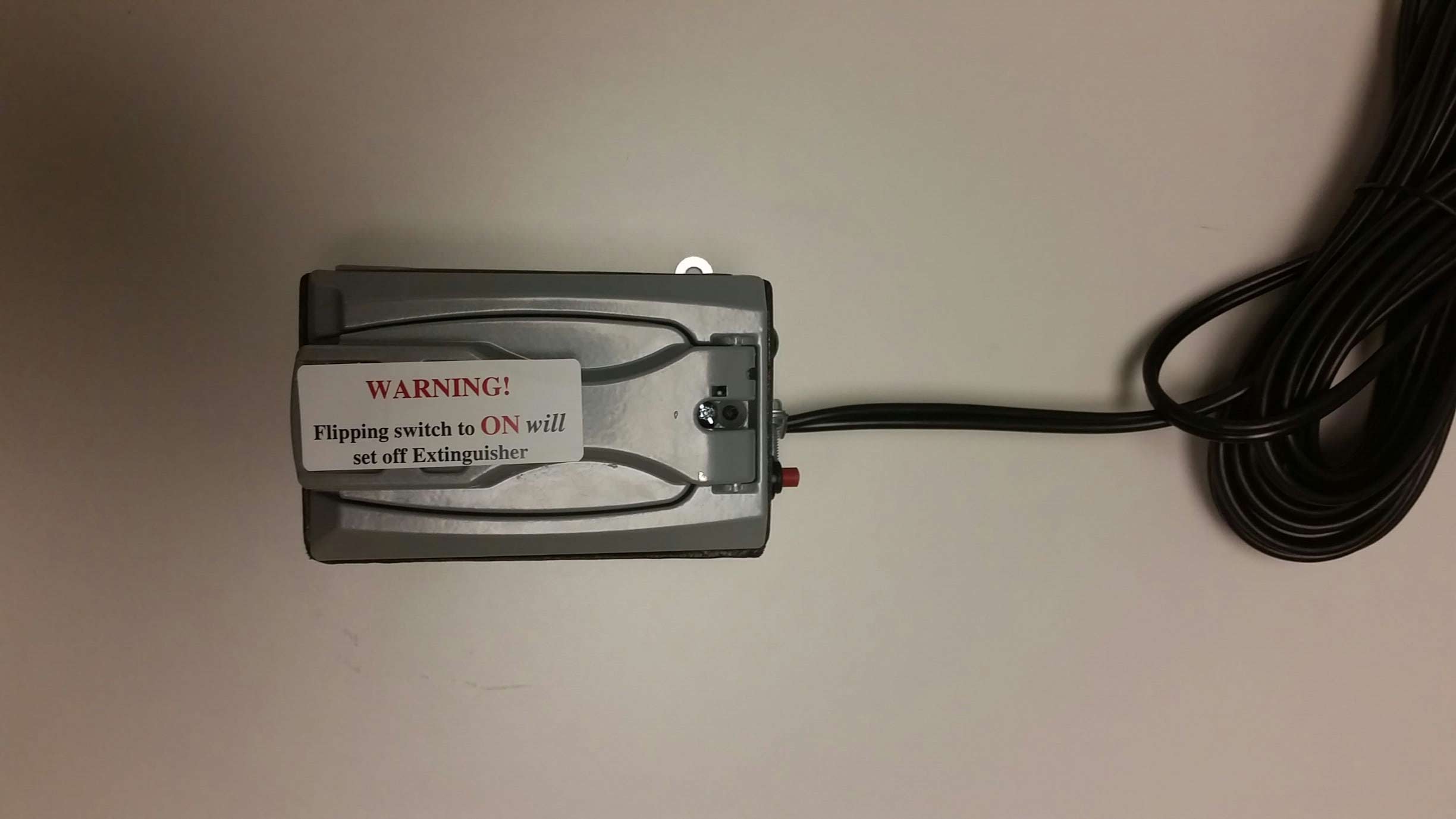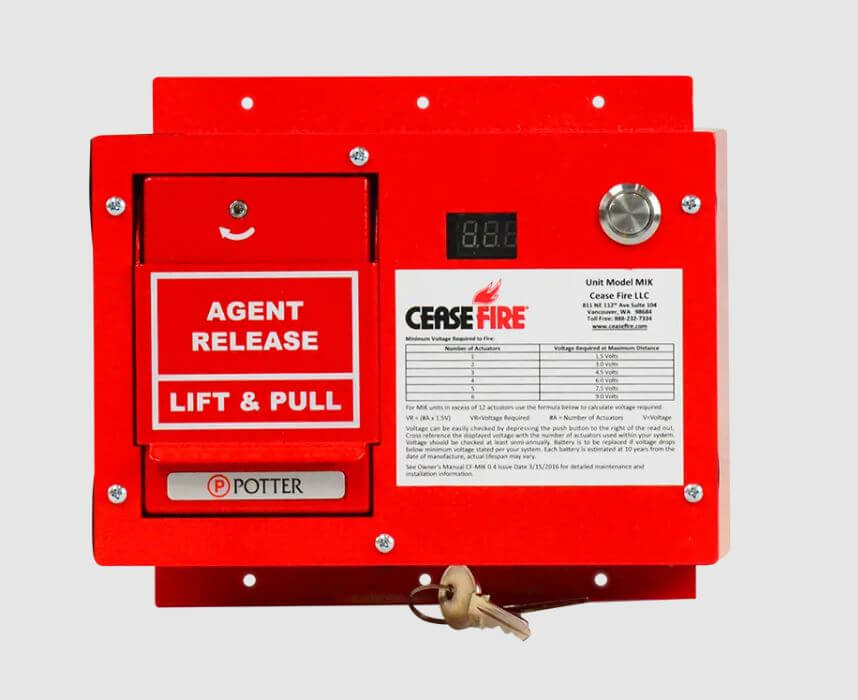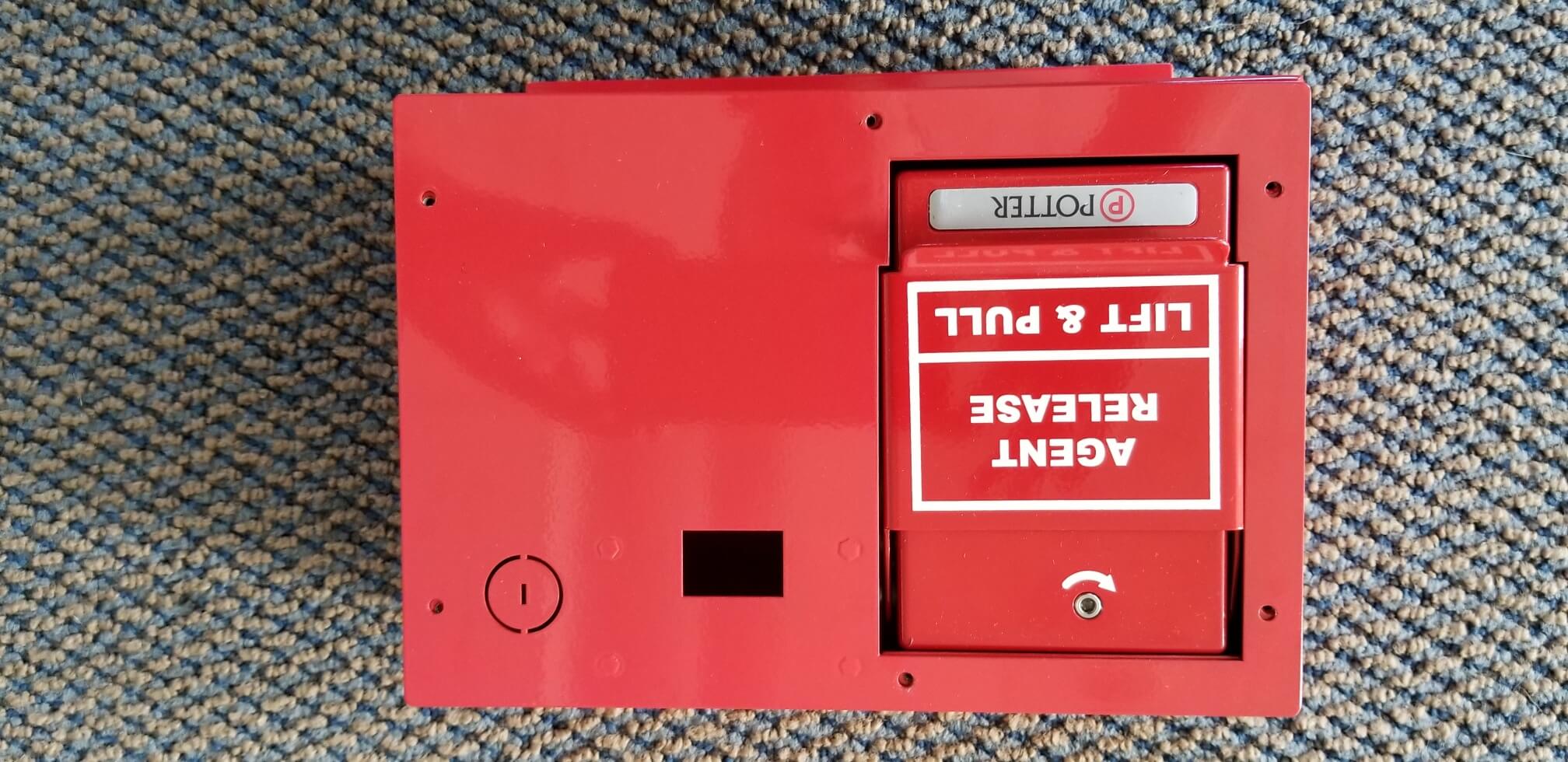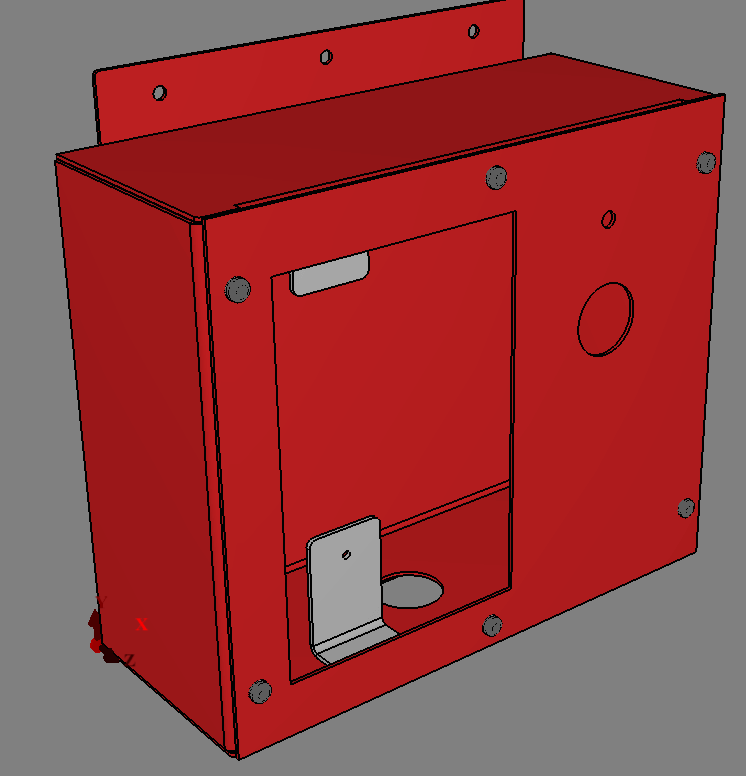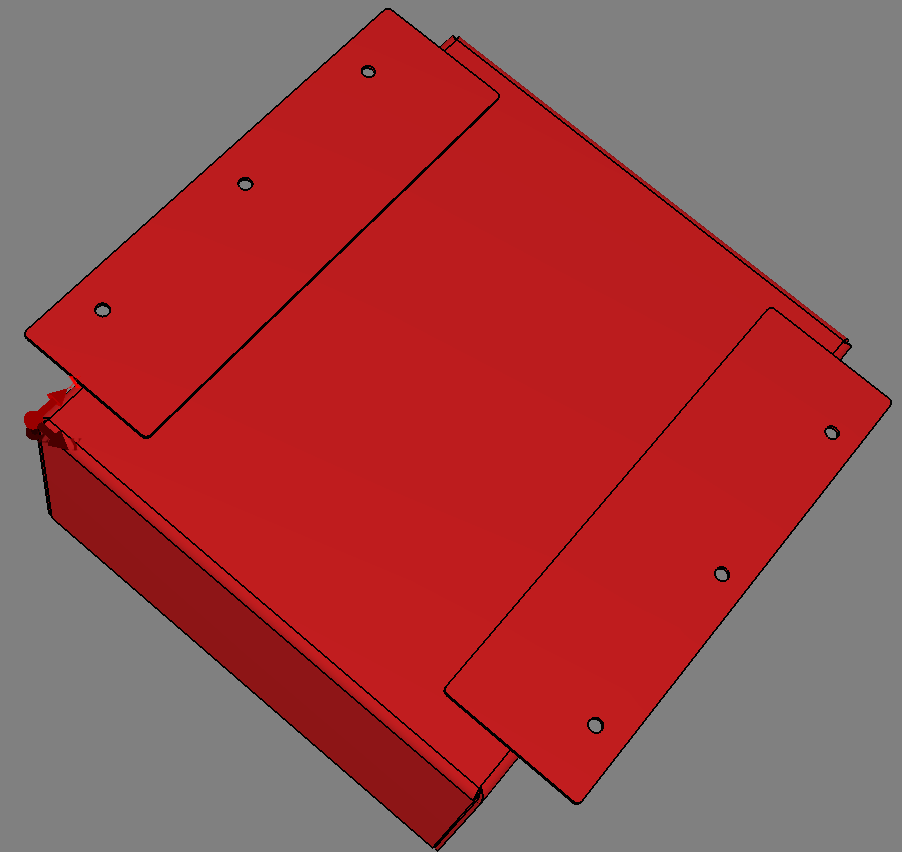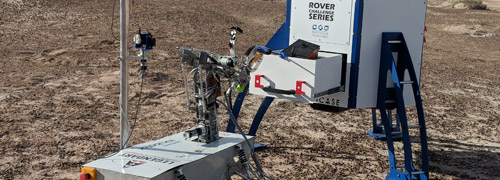 Community
Community
Over 14,000 customers around the world complete their projects faster by using Protocase to manufacture their custom electronic enclosures and parts.
The ancient philosopher Plato wrote in Republic that “Our need will be the real creator.” Over
centuries, this phrase has become the popular proverb, “Necessity is the mother of invention.”
It’s a line of thought that drives the business world. Companies – or, at least, those focused on
growth
– shift and adapt to the needs of their customers, creating new products and technology to serve a
particular requirement or solve a pain point.
Cease Fire LLC lives by this notion. Started in 1982 by one person in his Pennsylvania garage, the
company manufactures and sells handheld and automatic fire suppression systems – engineered groups
of
units built to extinguish fires through applying a substance. In addition to being the only company
that
offers Dual Agent fire suppression, Cease Fire holds various patents for fire suppression
technology.
Since 2001, the company’s headquarters has been in Vancouver, Washington. Cease Fire has grown and
continues to grow by adapting to the needs of its customers.
Then vs. Now
For Cease Fire’s first 20+ years of business, the company focused on manufacturing and selling
handheld
and automatic fire suppression systems and Potter Signal equipment for early detection/monitoring
systems.
At the time, Cease Fire didn’t offer any in-house fire control or monitoring panels. But 2013
brought a
shift.
“We began to see a demand for a simpler control panel, with the only function being required being a
manual means of initiating a system of units, usually in a space without power,” says Cody
Kitterman,
Production Manager at Cease Fire.
Kitterman’s role is to oversee the flow of production from start to finish and manage the R&D
department. For him, quality and accuracy are most paramount.
The MIK (Manual Initiation Kit)
The team began the R&D process of designing a product that manually initiates a system of
fire-suppression units. These early designs used prefabricated off-the-shelf enclosures and battery
assemblies. Cease Fire sold its very first MIK on December 30 in 2015.
The MIK is powered by either a 15V 1.5AH or 33V 3AH battery pack, with the user wiring the MIK to
the
actuator kit (or multiple kits) located on the unit’s sprinkler head. Should there be a fire, the
operator pulls the agent release, which sends power down the line, firing the actuator and
initiating
the unit.
“The basic idea is that it allows a user to have a manual means of initiating a fire suppression
system
in any location where a traditional panel or power is not available,” explains Kitterman.
The MIK is especially useful in off-grid locations, as well as temporary structures or vehicle
systems.
When the MIK hit the market, Kitterman and his team still knew they needed to refine and improve the
design. In particular, they wanted to change the location of the mounting hardware, as well as tweak
the
internal brackets (along with eventually adding a weatherproofing seal to the front plate).
With the costs for a local fabrication shop to manufacture a one-off custom enclosure far too high,
Kitterman sought other options and discovered Protocase in 2018.
“Finding Protocase opened the door to a more uniform and higher quality product than what we
originally
offered for the MIK,” says Kitterman. “Customers love the simplicity and robustness of the MIK. It
can
be installed just about anywhere, and with a 10-year battery, it’s good to go whenever you need it.”
Working with Protocase
Cease Fire uses Protocase’s Design Services, wherein a member of the Engineering & Design Services
completes the design work for a reasonable hourly rate.
Typically, a new product idea comes from a unique demand in the field from a Cease Fire customer (necessity really is the mother of invention, after all). Kitterman’s team first builds a rev 0.1 item using readily available parts or 3D printing components in-house. With this rev 0.1 complete, the design can be tested mechanically.
From here, the Cease Fire works closely with Protocase to create a custom prototype, supplying the
required dimensions (both for internal components and the external shape). Cease Fire orders small
batches of enclosures and irons out the design with thorough testing before finalizing the design
and
ordering the polished part or enclosure to be used in the final product sold to customers.
“The process from start to finish goes really fast with Protocase,” says Kitterman. “Whether you
have a
design in mind or rely on their design team to make the first steps, the end product has always
exceeded
our expectations. In the case of the MIK, it would not have been possible without them.”
Looking to the Future
Beyond Protocase’s high-quality output, Kitterman appreciates Cease Fire’s relationship with
Protocase
because of the flexibility it provides. Designs can be modified and redesigned as things move
forward,
depending on customers’ needs and specific pain points.
“The world of fire suppression is slow to change, but the door is slowly opening to new innovative
systems, thanks in part to companies like Protocase.”


